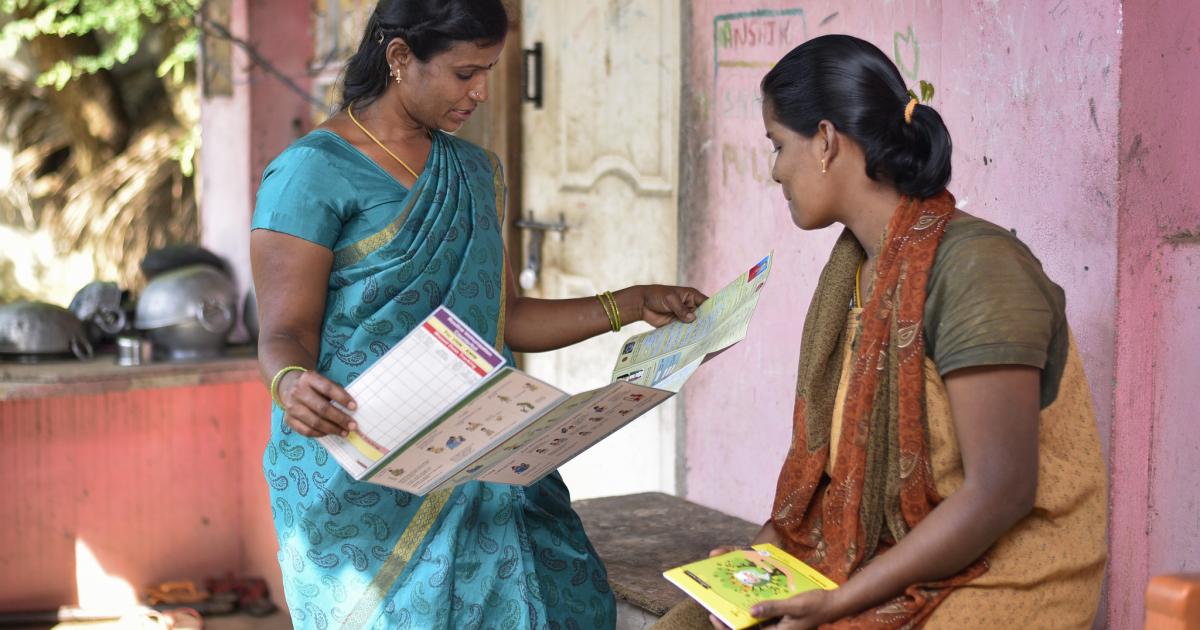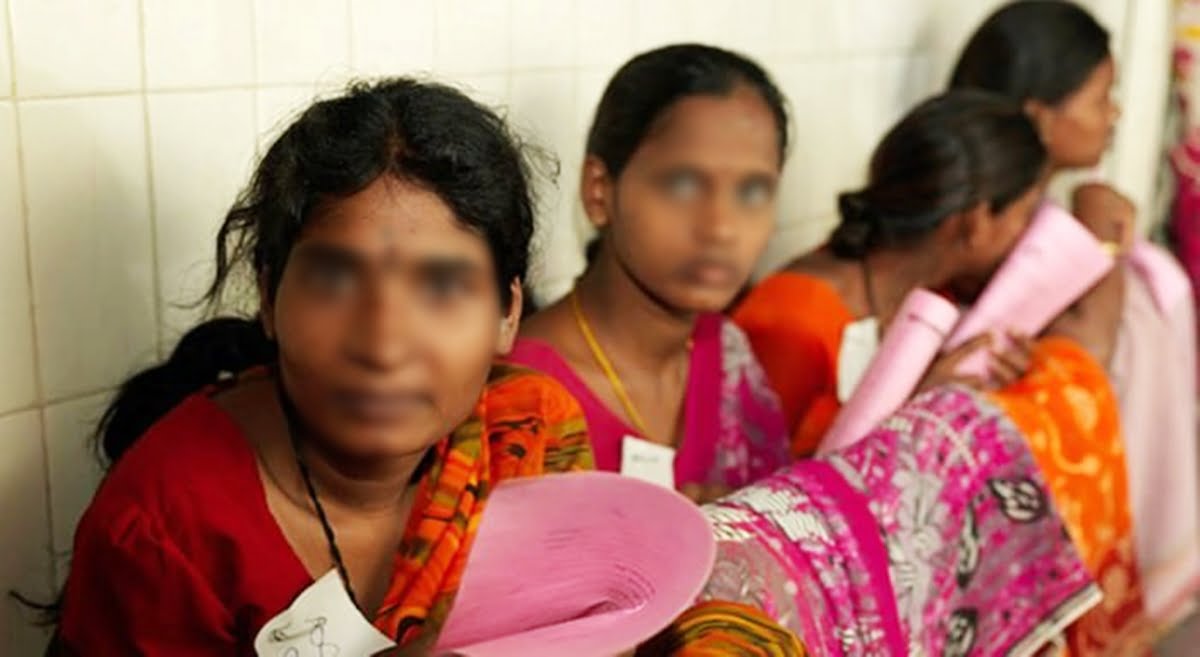Although the scholarship and literature dates the ideology of eugenics back to Plato, the contemporary manifestation of its practice is still very evident from the various selective-abortion laws. Taking its cue from the modern theories such as the Malthusian theory, Social Darwinism and Mendelian genetics, phenomena of human-selection and human-perfection has been the core aim of medical sciences as well as the state.
Eugenics, as a social movement and ideology that aims to perfect the human stock continues to view disability as a matter of grave societal concern which can only be tackled by its breeding-out. Therefore, while sterilization, abortion and mass killing were products of eugenics during the World War II, prenatal testing and selective-abortion is argued to be its extension in today’s time. Under the garb of women’s rights, public health and greater societal good, prenatal testing and selective abortions truly represent a significant step towards the ultimate achievement of the eugenicist’s dream of eliminating disabilities by eliminating disabled people. Contrary to the scholars who believe in the retreat of eugenics post the War, it is argued that the principles of eugenics has now secured a hidden niche for itself and its proponents in the institution of law.
Under the garb of women’s rights, public health and greater societal good, prenatal testing and selective abortions truly represent a significant step towards the ultimate achievement of the eugenicist’s dream of eliminating disabilities by eliminating disabled people.
It has been rightly argued by Smitha Nizar in her book, The Contradiction in Disability Law, that the most powerful vehicle of the eugenic ideology has been the law. From the very onset of the abortion reform movement, disability-based selective abortion enjoyed significant public support. Serving the paternalistic interests of the state, law was first employed as a facilitator of eugenics to curb the outbreak of Rubella virus and foetal defects back in 1960s in the U.S.A.
Also read: The Bias Against Disability Rights In The Abortion Laws Discourse
Similarly, Indian laws employed and sanctioned disability-based selective abortions as a method to thwart the growing population with disabilities and thereby lighten the burden of the state’s obligation to the disabled community. Prima facie, the issue of selective abortions does not seem to pertain particularly to the disabled community, however, there is more than what meets the eye. It is argued that selective-abortions under Section 4 of the PDNT Act as well as Section 3 of the MTP Act does more than just comply by the medical model of disability and serve the eugenic interests of the state. Evidently, it aids in erasing the disabled community by not even letting them being born. It also bares the entire spectrum of human traits for being assessed and analysed on the basis of their individual vitality. Whether it’s sex, physical strength or overall health, if the regime of selective abortions continue, it is argued that it will open a Pandora’s box of trait selection.

Erasure of Disabled people: A Fool’s Errand?
“The social purpose of prenatal tests is to reduce the incidence of live births of people with disabilities.”
Eugenic abortion laws unmask the exponential harm legislations such as the MTP do in the society. Concurring to what Lisa Blumberg opines, it is contended that while the reason for prenatal tests has been to only detect abnormalities, the social purpose of it is to reduce the number of disability-laden births which further leads to denigration of all vulnerable as well as disabled people before and after birth.
By diminishing the value as well as visibility of disability from the society, the state through the laws of selective abortion inherently disenfranchises the community from the abled demography to paint a perfectly healthy picture of human society which devoid of any forms of abnormalities. It is claimed that by the pushing of disabled community to the very end of the society, the state attempts to disregard their pressing concerns. As rightly asserted by Smitha Nizar, it is easier for the state to prevent the birth of a disabled person through laws, then to actually commit to their cause and respond to their concerns. By the manner of preventing their births, state tries to washes off its hands from any kind of obligation, social services and protection people with disability might advocate and demand for.
However, ironically, the state’s attempt to prevent disability through selective abortion is nothing but a fool’s errand. By discounting the possibility of instances of post-birth disability, the purpose of selective-abortion also is lampooned to a great extent. It is thus advanced that the state cannot possibly erase the disabled community. Instead of attempting to absolve itself from legal, moral and ethical obligations and duties through selective-abortion laws, it should rather address and respond to the concerns of the community in an affirmative manner.
Also read: The Ableist Ruling Indian Government: Eugenics & Disability As Suffering
A Pandora’s Box of Trait-selection: Where does the selection end?
“. . . And as science evolves, we need to ask: should prenatal testing include autism, breast cancer risk genes, or even one’s sexual orientation?”
Being plagued by the powerful forces of Brahmanical patriarchy and its function of female foeticide, Indian culture has always accepted and practiced selective-abortions in some form or the other. Similar to the perception of disability, the social identity of female was considered undesirable and devalued. The very purpose of enacting a law such as the PDNT Act was to regulate the use of prenatal technologies and prevent the instances of female foeticide which is a type of selective-abortion based on the trait of sex.
It is argued that selective abortion opens a Pandora’s box as selection and preference of one trait implies the legitimisation and validation of the other traits as well. Thus, the real question is where does human selection and perfecting end?
While on one hand, the act outlawed prenatal sex determination, on the other hand, it articulated the undesirability of and the consequent discrimination against people with disabilities. It is argued that selective abortion opens a Pandora’s box as selection and preference of one trait implies the legitimisation and validation of the other traits as well. Thus, the real question is where does human selection and perfecting end?
With the rapidity of advancement in the respective fields of bioethics, genetic engineering and technology, it is not too far-fetched to forecast a future society with a uniform human mould. If not uniform, it is argued that selective-abortions wipe out not just the disabled communities, but also any other such trait that falls outside the societal mould.
Whether it is a disease like cancer or certain personal aspect such as one’s sexual orientation, the reigns of human society shall be in the hands of medicine and those who practice medicine. In addition to the power of medical discourse which is as claimed by Anita Ghai, quite universal, it is argued that the state and its paternalistic interests will play a predominant role in defining the human body and its traits.
As witnessed from the case of female foeticide in India, the initiative of banning sex-based abortions was primarily to cater to the two-fold interests of the state, namely, the skewed sex-ration and social reproduction. Consequently, this interplay of the institution of medical science and medical professionals and the state illustrates a distant, yet plausible emergence of the eugenics.
References
Samuel R Bagenstos, ‘Disability and Reproductive Justice’(2020) 14 Harv L & Pol’y Rev 273.
Mary Ziegler, ‘The Disability Politics of Abortion’ (2017) Utlah Law Review 587.
Lisa Blumberg, ‘The Politics of Prenatal Testing and Selective Abortions’ 12 1994 Sexuality and Disability 153.
Carolyn Y. Johnson, ‘DNA Blood Test can detect Prenatal Problems’ The Boston Globe < https://www.bostonglobe.com/lifestyle/health-wellness/2014/02/26/new-study-suggests-prenatal-genetic-tests-could-offered-all-pregnant-women/V1GQuRL4jkr1M6Oe1XcQCK/story.html> accessed on 13th January 2021.
Kavana Ramaswamy, ‘Addressing Abortion: Lessons from the Problems of Female Feticides in India’ (2017) 27 Transnational Law and Contemporary Problems 1.
Featured image source: Lawdableojectives
About the author(s)
Anmol Ratan is a fourth-year law student at the National Law School of India University, Bengaluru. His core research lies in the field of critical race theory, law and development, international law and human rights law. He has previously authored articles on caste, gender, marginality intersectionality and the law. He is currently working as a Research Assistant
to Prof. Dipika Jain (Dean, Jindal Global Law School). He is also an editor at NLSIR, a flagship law review at the National Law School, Bengaluru.




